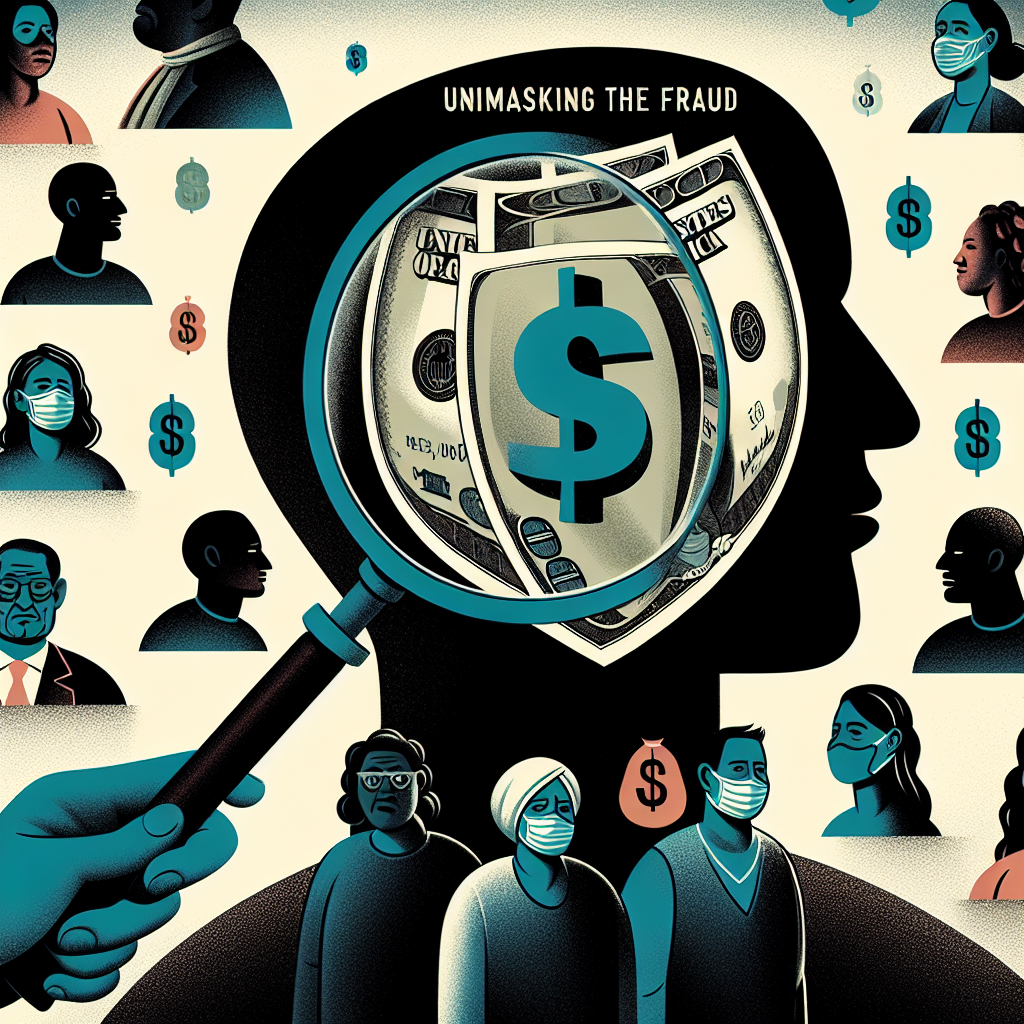Unmasking the Fraud: How Medicaid Scams Are Preying on Vulnerable Communities
Introduction
In recent years, Medicaid scams have surged in frequency, posing significant threats to vulnerable populations needing essential health coverage. For many, Medicaid is their lifeline, providing access to critical medical services they might not otherwise afford. However, scammers are increasingly targeting these individuals. This article delves into the types of Medicaid scams, how to recognize them, and the steps you can take to safeguard yourself or your loved ones.
Who Should Read This?
This article is tailored for a broad audience, including individuals enrolled in Medicaid, caregivers of individuals who rely on Medicaid, healthcare professionals, and anyone interested in understanding the darker side of healthcare fraud. By providing comprehensive information, we aim to empower readers with the knowledge required to navigate and potentially avoid falling victim to these scams.
Common Types of Medicaid Scams
1. Identity Theft
One of the most prevalent threats comes in the form of identity theft. Scammers may pose as government officials or healthcare representatives to extract personal information, including Social Security numbers, Medicaid ID numbers, and bank account details. They often use manipulation tactics, such as urgent messages that pressure individuals into sharing sensitive information.
Tip: Always be cautious of unsolicited calls or emails requesting personal information. Verify the identity of the person or organization before disclosing any details.
2. Phony Medical Services
Another common scam involves fake medical services. Scammers may offer medical services or products that either don’t exist or are unnecessary. These can range from wheelchairs and medical devices to unnecessary tests and treatments.
Warning Sign: Be wary if someone offers you free services or equipment in exchange for your Medicaid information. Always consult with your doctor before agreeing to any new treatments or services.
3. Billing for Non-Provided Services
In this scam, fraudulent healthcare providers bill Medicaid for services that were never delivered. This could involve scheduling appointments that don’t take place or billing for higher-level services than what was actually provided.
Action Step: Regularly review your Medicaid statements and EOBs (Explanation of Benefits). If you notice discrepancies, report them immediately.
4. Fake Medicare Cards
Some scammers circulate offers for “new” Medicare or Medicaid cards, requesting a payment for the “upgrade.” Official Medicare cards are issued automatically, and anyone requesting payment for a new card is likely attempting to perpetrate fraud.
Caution: Never pay for a Medicare card or provide financial information to someone claiming they need to send you a new one.
How to Protect Yourself
Knowledge is the first line of defense against Medicaid scams. Here are several effective strategies to safeguard yourself:
Educate Yourself and Others
Understanding common scams can significantly reduce your risk of falling victim. Share this knowledge with family members, especially elderly relatives who might be more susceptible to fraud.
Verify Sources
If you receive calls or mail about your Medicaid account or services, always verify the source. Contact Medicaid directly using the official number or website. Utilize legitimate resources such as Click Here to learn more about how to identify and report scams.
Monitor Your Records
Stay vigilant by regularly checking your Medicaid statements, and immediately report any suspicious activities.
Report Fraud
If you suspect Medicaid fraud, report it to the appropriate authorities. In the U.S., you can call the Department of Health and Human Services’ Office of Inspector General Hotline at 1-800-HHS-TIPS.
Use Anti-Fraud Resources
Numerous organizations provide resources and tools to aid in identifying and reporting fraud. Utilize them as they often supply the latest fraud alerts and educational materials.
Recognizing Red Flags
Being able to spot warning signs can save you from potential fraud. Look out for these red flags:
- Unsolicited calls or emails asking for your personal information.
- Promises of services in return for upfront fees.
- Pressure tactics that create a sense of urgency.
- Offers that seem too good to be true, such as free medical devices or treatments.
Conclusion
Medicaid scams are a troubling reality that continues to exploit the most vulnerable members of our society. Understanding the various fraud schemes, recognizing the signs, and taking proactive steps can significantly reduce your chances of becoming a victim.
Protect yourself by staying informed, frequently monitoring your accounts, and utilizing the resources available to you. For additional information and resources on how to safeguard against Medicaid fraud, Click Here to learn more.
Stay vigilant, educate your loved ones, and together we can combat these scams effectively. If you found this article helpful, please consider sharing it with others who may benefit from the information. Together, we can create a safer environment for those reliant on Medicaid, ensuring they receive the healthcare support they deserve.

